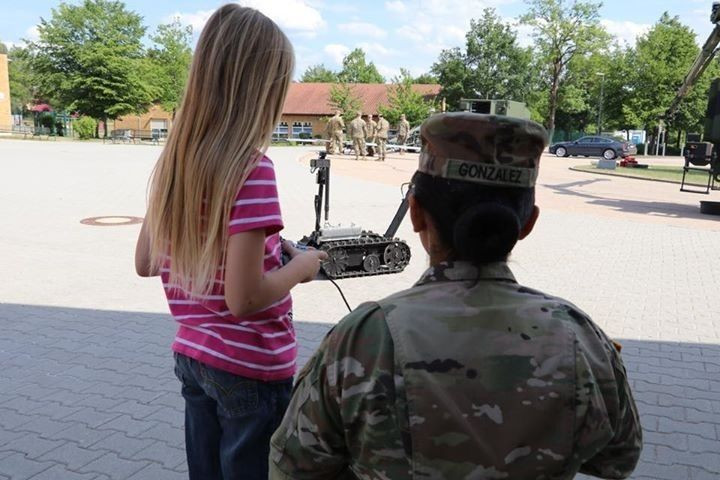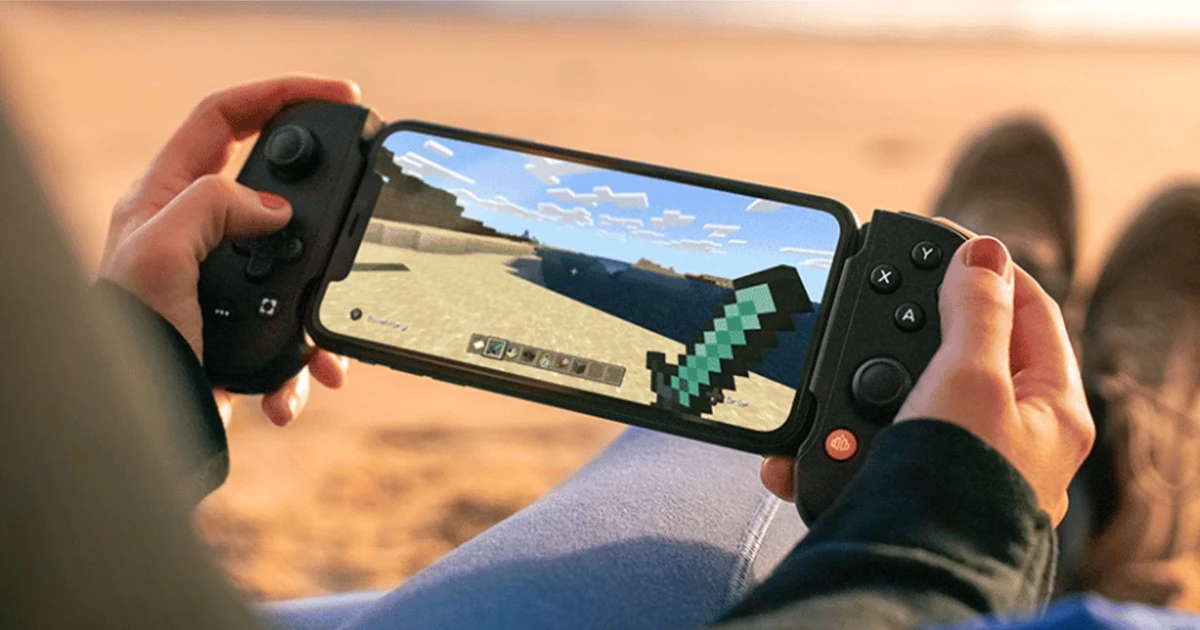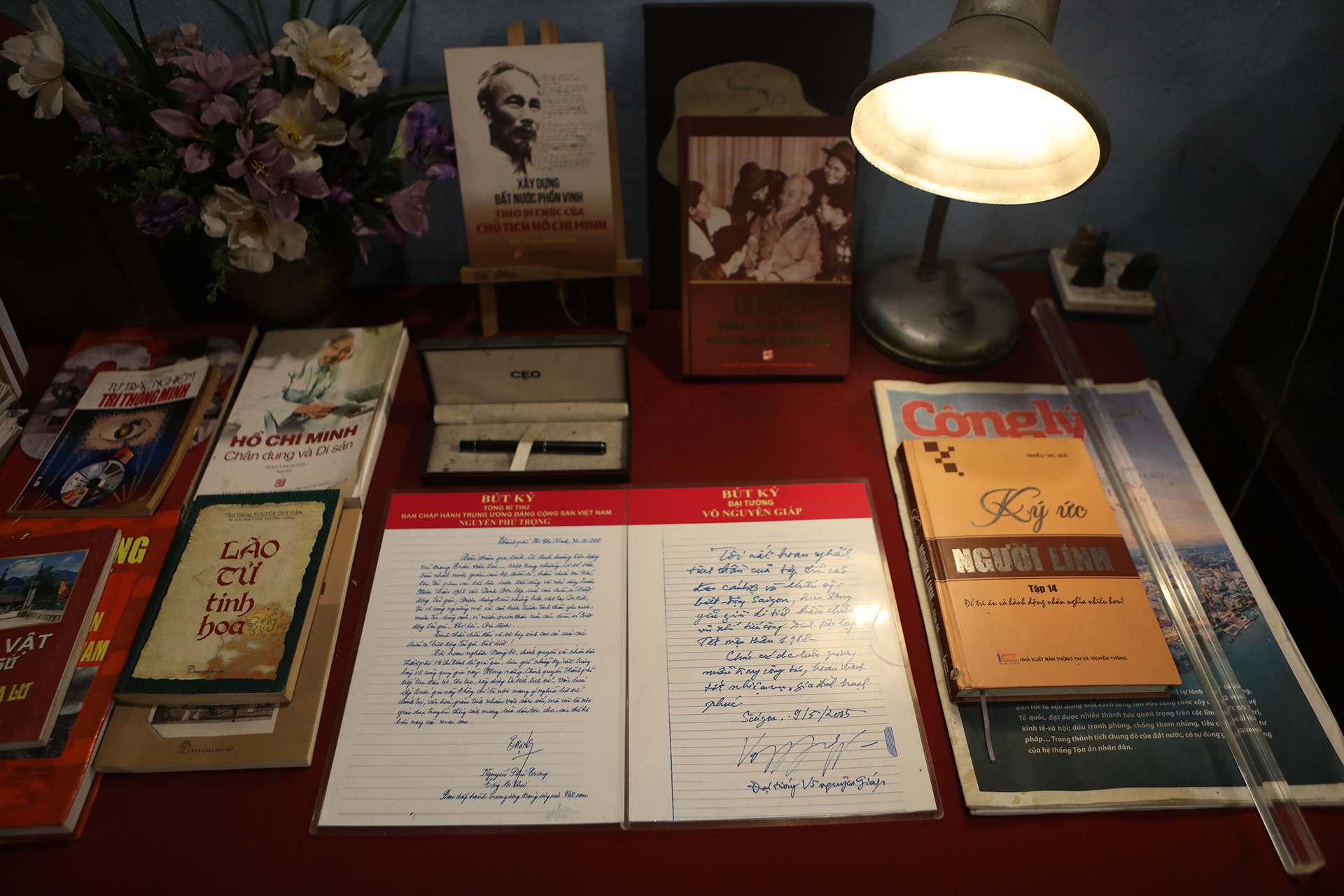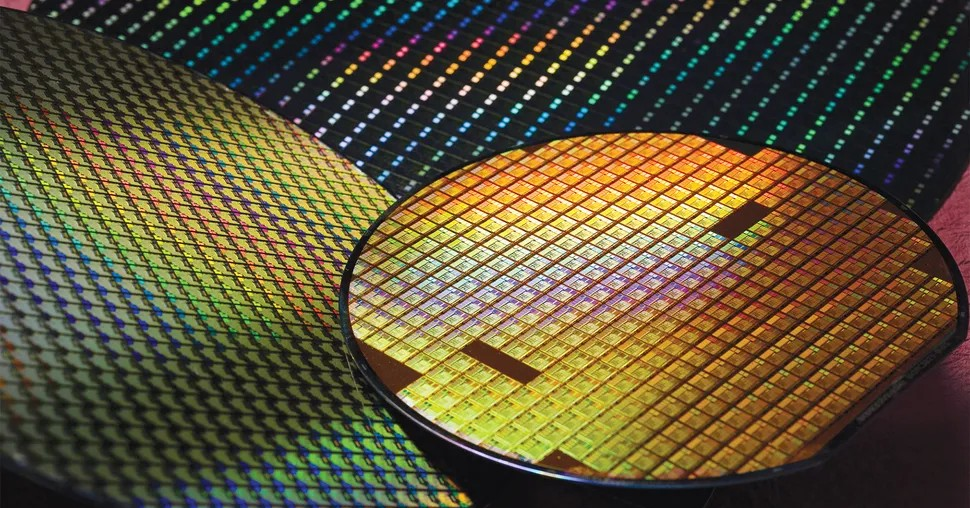If there's one civilian technology that can survive the harsh conditions of the battlefield, it's probably the game controller.
OceanGate, the company that owns the Titan exploration submarine, has been heavily criticized for using game controllers to operate the device. However, not everyone knows that these controllers have also been used by the US military for nearly two decades.

CBS News analyzed how a Titan submarine crew used a game controller to control the submarine underwater. The OceanGate sub uses four Innerspace 1200 electric propulsion motors, capable of moving in all directions at a speed of 3 knots. The controller was identified as a Logitech F710, using a 2.4 GHz wireless signal.
The online community has pointed to this detail as an example of Titan’s safety failings. Many have argued that a submarine capable of diving more than 2 miles underwater and withstanding pressures 380 times greater than at sea level requires a more complex control system. Furthermore, an expedition to the wreck of the Titanic needs more bells, whistles, and flashing lights than just a PC monitor and a game controller.

But technically, using a controller makes perfect sense. It has become mainstream in technology, and even the US military uses game controllers for critical missions.
Commonly used in military
The first successful controller was the Atari 2600 joystick, released in 1977. Over the next 45 years, companies like Coleco, Nintendo, Sega, Sony, and Microsoft struggled to design a controller that would give gamers a full set of buttons and triggers, yet still be lightweight and comfortable to hold for hours on end. Not to mention, it had to be cheap but still have high quality control standards.
The controller's durability isn't just recognized by gamers. In the 2000s, the US deployed the Pacbot 310 explosive ordnance disposal robot in Iraq and Afghanistan. The robot was operated via a wired Xbox controller, allowing experts to control the device from a safe distance.

Another reason the US military favors controllers is that many, if not most, of the young recruits have used a game controller before. This eliminates the need for training on new hardware, allowing resources to be focused on other processes.
Using commercially available and inexpensive equipment also saves businesses from the hassle of administrative procedures when replacements are needed. They can simply go to Best Buy or an electronics store to buy the same controller. This also allows businesses to easily stock replacement parts.
Today, nearly every armed force uses game controllers to operate military hardware. For example, the Virginia-class nuclear-powered attack submarine uses Xbox controllers to operate photonic masts, which function like periscopes but without the lenses. Meanwhile, the Air Force uses controllers in Stryker armored vehicle simulator training.
In 2017, the British Army tested an ATV remotely controlled by an Xbox controller. During the ongoing Russia-Ukraine conflict, a Steam Deck gaming console was used to control a Sabre machine gun. In Israel, the Carmel armored vehicle, a test vehicle for new technologies, was also partially operated by an Xbox controller.
(According to PopMech)
Source



![[Photo] Overcoming all difficulties, speeding up construction progress of Hoa Binh Hydropower Plant Expansion Project](https://vstatic.vietnam.vn/vietnam/resource/IMAGE/2025/4/12/bff04b551e98484c84d74c8faa3526e0)

![[Photo] Closing of the 11th Conference of the 13th Central Committee of the Communist Party of Vietnam](https://vstatic.vietnam.vn/vietnam/resource/IMAGE/2025/4/12/114b57fe6e9b4814a5ddfacf6dfe5b7f)
























































































Comment (0)